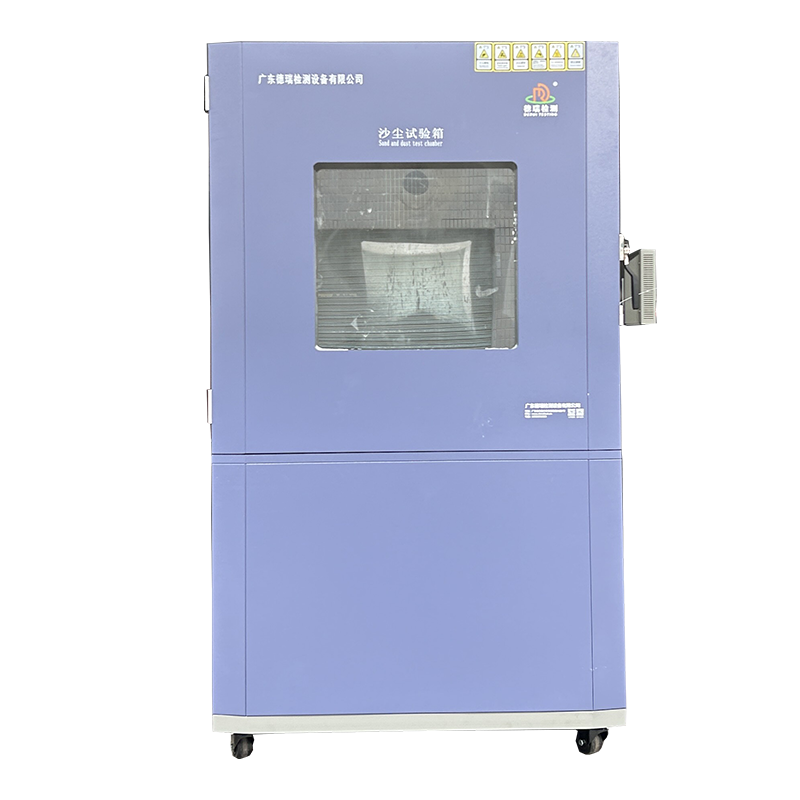
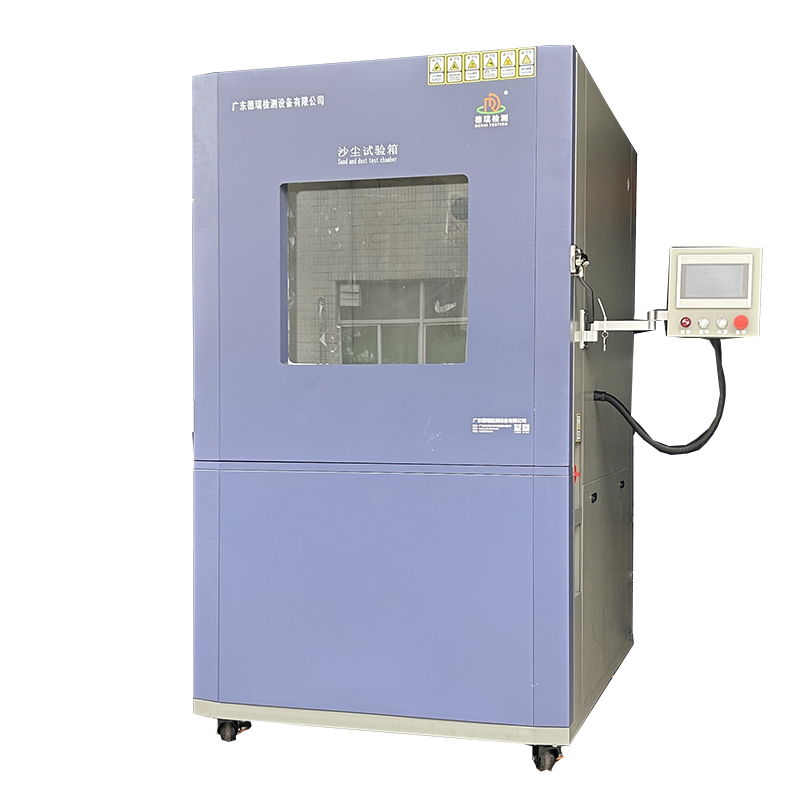
Automated Desert Sandstorm Test Chamber 99% Talcum Powder Recirculation Energy Saving
368005.0 INR/Unit
Product Details:
X
Automated Desert Sandstorm Test Chamber 99% Talcum Powder Recirculation Energy Saving Price And Quantity
- 368005.0 INR/Unit
- 1 Unit
Automated Desert Sandstorm Test Chamber 99% Talcum Powder Recirculation Energy Saving Trade Information
- Cash in Advance (CID)
- 80 Unit Per Month
- 3 Days
- All India
Product Description
The Dust Test Chamber with Automatic Dust Recirculation is a groundbreaking solution designed to optimize dust resistance testing while minimizing material waste and operational costs. Combining IEC 60529 IP6X compliance, ISO 12103-1 particle control, and closed-loop recycling technology, this chamber addresses the dual challenges of environmental sustainability and testing accuracy for industries ranging from automotive to renewable energy.
Revolutionizing Dust Testing: How Automatic Recirculation Works
1.
Closed-Loop Particle Management:
Cyclone Separation: 98% of test dust (ISO 12103-1 A2/A4) is captured and filtered through HEPA-grade systems.
Dynamic Density Control: Real-time sensors maintain 5% particle density accuracy during prolonged tests.
Auto-Replenishment: Intelligent valves add fresh dust when recycled volumes drop below thresholds.
2.
Energy & Cost Savings:
Waste Reduction: Eliminates 90% of single-use dust disposal costs vs. traditional chambers.
Power Efficiency: Regenerative blowers cut energy consumption by 35% during recirculation cycles.
Technical Advancements
Multi-Environment Adaptability:
Desert Simulations: 020 m/s adjustable airflow with 50C thermal stress.
Industrial Blends: Programmable coal/cement/silt mixtures for factory environments.
Smart Diagnostics:
IoT-enabled dashboards track dust reuse rates, filter lifespan, and chamber pressure.
Predictive alerts notify users 48 hours before HEPA filter replacements.
Key Industries & Applications
1.
Electric Vehicle Manufacturing:
Validate IP6X sealing for battery packs exposed to Rajasthans desert sandstorms.
2.
Wind Turbine Certification:
Test nacelle components under 15 m/s dust-laden winds (IEC 61400-22 compliant).
3.
Consumer Electronics:
Ensure smartphone ports and smartwatch sensors withstand urban dust buildup.
4.
Agriculture Machinery:
Simulate crop residue exposure for combine harvesters and dro ne components.
Case Study: Solar Inverter OEM
Challenge: 18 lakh/year spent on disposable test dust for 500+ IP6X validations.
Solution: Adopted recirculation chamber with 95% dust reuse capability.
Outcome:
Cost Savings: Reduced annual dust procurement by 14.2 lakh.
Waste Reduction: Cut hazardous waste from 2.3 tons to 0.1 tons/year.
Operational Workflow
1.
Test Setup:
Load sample, select ISO 12103-1 dust type, and set target density (g/m).
2.
Automated Cycle:
4-hour recirculation phase with pressure/flow stability checks.
3.
Post-Test Analysis:
Gravimetric measurement of ingress particles (resolution: 0.01 mg).
Generate compliance reports with recycling efficiency metrics.
Environmental & Economic Benefits
Parameter
Traditional Chamber
Automatic Recirculation Chamber
Annual Dust Consumption
500 kg
50 kg (90% reduction)
Energy Use per Test
8.5 kWh
5.5 kWh (35% savings)
CO2 Emissions
120 kg
28 kg (77% reduction)
FAQs (Dust Test Chamber with Automatic Dust Recirculation)
Q1: How does recirculation impact testing accuracy?
A: Onboard sieving ensures reused dust maintains original particle size distribution (3% variance).
Q2: Can existing chambers be upgraded with recirculation?
A: Yesmodular retrofit kits available for chambers built post-2018.
Q3: Whats the ROI for SMEs?
A: Typical payback in 14 months via dust/waste/energy savings.
Q4: How to handle expl os ive dust types?
A: ATEX-certified models feature spark-proof motors and nitrogen inerting.
Q5: Is BIS certification supported?
A: Pre-loaded IS 16046 profiles simplify compliance for Indian manufacturers.
Tell us about your requirement

Price:
Quantity
Select Unit
- 50
- 100
- 200
- 250
- 500
- 1000+
Additional detail
Mobile number
Email




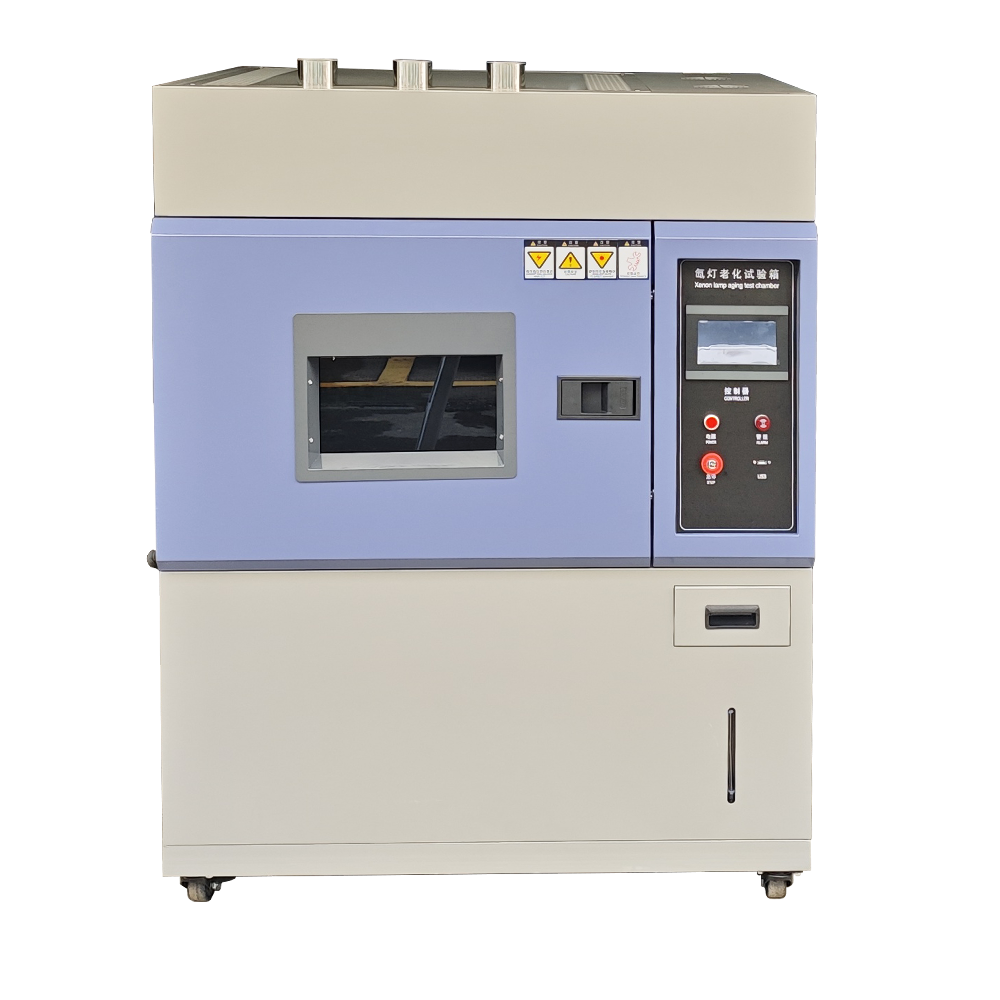
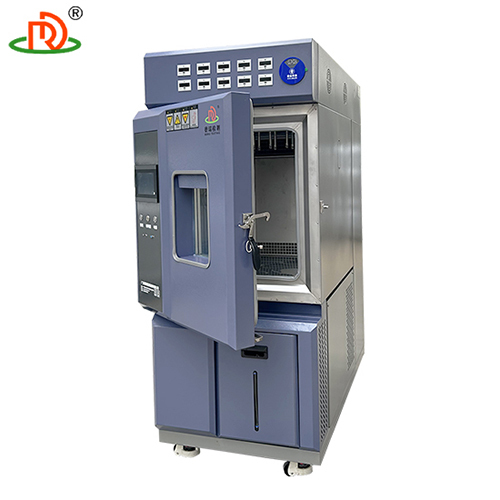
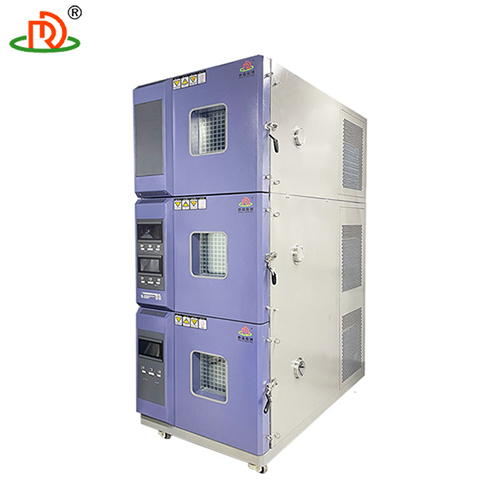
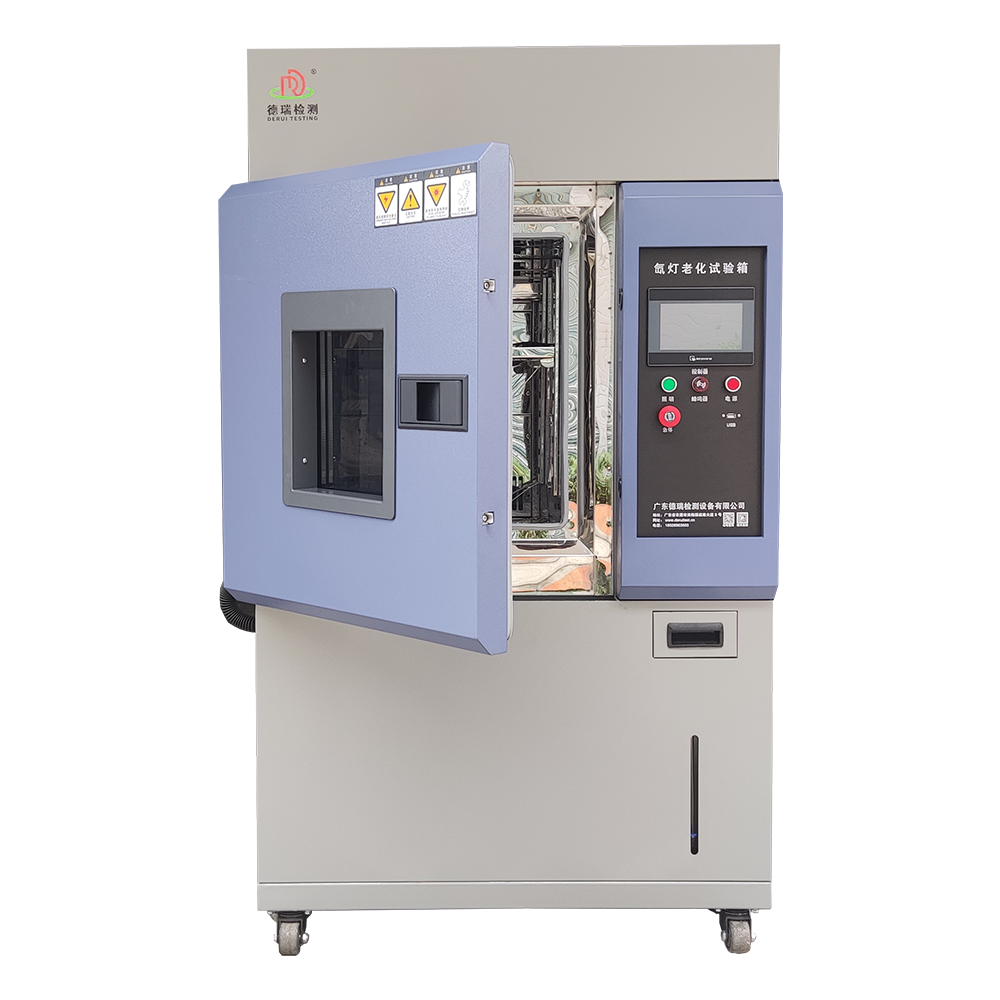

 English
English Spanish
Spanish French
French German
German Italian
Italian Chinese (Simplified)
Chinese (Simplified) Japanese
Japanese Korean
Korean Arabic
Arabic Portuguese
Portuguese